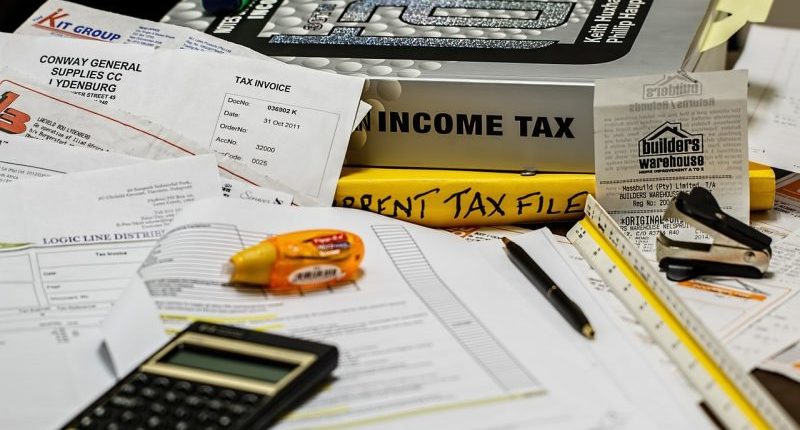Filing your income tax return (ITR) does not end when you submit the same on the income tax portal. Post filing, you will need to verify your return for it to be successfully filed. ITR verification has to be done within 120 days post submission of the ITR, failing which the ITR would be considered invalid.
ITR verification through a one-time password linked to an individual’s Aadhaar is one of the popular and quicker ways to do it. However, taxpayers wishing to avail of this method should have fulfilled two requirements. One, their Aadhaar needs to be linked to their PAN. And two, their Aadhaar needs to be linked to an active mobile number. If not, this method will not work. But, don’t worry! There are many other ways in which a taxpayer can verify their income tax return.
1. Net banking
Post submission of the ITR, taxpayers can select ‘Through Net banking’ as the mode of ITR verification. The taxpayer will then need to select the relevant bank and click on ‘Continue’. They will be directed to their bank’s net banking page, where they need to log in and select the e-verify option. They will then be redirected back to the e-filing website, where they need to select the respective ITR form and click on ‘e-Verify’ to verify their ITR.
2. Through Electronic Verification Code (EVC) generated through net banking
Under this approach, taxpayers will need to have a prevalidated bank account. Hence, only taxpayers who have a prevalidated and EVC-enabled bank account may verify their ITR through this mode. On the e-verify screen, the taxpayer will need to select ‘Through Bank Account’. Then, click on ‘Continue.’ The EVC will be sent to the phone number and email address provided. The taxpayer needs to enter the EVC sent to the mobile and email address and click on ‘e-Verify’.
3. Through EVC-enabled Demat account
This approach is similar to the EVC method above. Taxpayers who have a prevalidated and EVC-enabled Demat account can verify their ITR through this mode. On the e-verify screen, the taxpayer will need to select ‘Through Demat Account’. Then, click on ‘Continue.’ The EVC will be sent to the phone number and email address provided linked to the prevalidated and EVC-enabled Demat account. Once the EVC has been entered, the taxpayer needs to click on ‘e-Verify’.
4. Bank ATM
An EVC can also be generated via a bank’s ATM card. As of now, there are seven banks that offer this facility – Axis Bank, Central Bank of India, State Bank of India, ICICI Bank, Canara Bank, IDBI Bank, and Kotak Mahindra Bank. The taxpayer has to visit their bank’s ATM, swipe their ATM card, and enter the ATM pin. Next, the taxpayer needs to select ‘Generate EVC for income tax filing’ to generate the EVC. An EVC will be sent to the registered email address and mobile number.
5. Sending the signed ITR-V acknowledgement to CPC
In cases where the taxpayer cannot verify their ITR via any of the above-mentioned electronic means, then they can send the signed ITR-V acknowledgement to the tax department. The same can be sent via ordinary post or speed post, but not courier. The address for CPC, Bangalore is CPC, Post Box No – 1, Electronic City Post Office, Bangalore – 560100, Karnataka, India. The taxpayer will get notified on the email address and mobile phone once the ITR has been received.
For any clarifications/feedback on the topic, please contact the writer at athena.rebello@cleartax.in

I’m a Chartered Accountant by profession and a writer by passion. ClearTax lets me be both. I love travel, hot tubs, and coffee. I believe that life is short, so I always eat dessert first. Wait.. life is also too short to be reading bios… Go read my articles!





